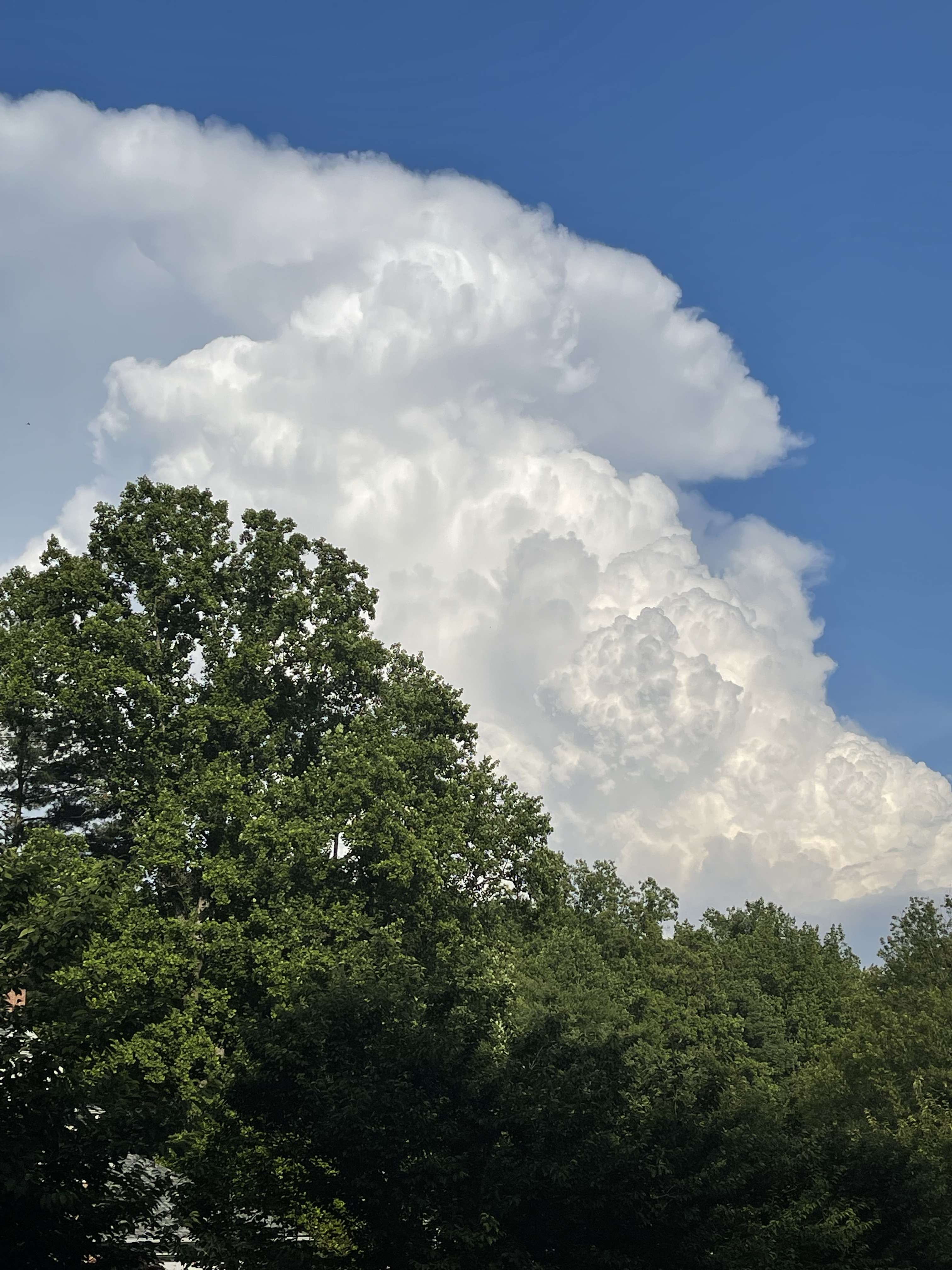-
Posts
44503 -
Joined
-
Last visited
-
Days Won
262
Everything posted by Phil
-
Modeling aside, I'm confident in a cooler than average December across the PNW, with an opportunity for a significant lowland snowstorm between December 20th and January 5th, followed by a period of ridging thereafter. I don't see a significant Arctic blast until at least late January, as far as widespread cold is concerned, with February offering the best opportunity for some very cold air.
-
I've always had hope. I'm just leaning towards something more backloaded overall, given the poor equator/pole synchronization that's manifested over the last 8+ weeks. I do expect a mammoth EPO/AO plunge around the holidays and/or just afterward, with a corresponding Arctic shot over the nation. How that unfolds is still in question.
-
I think the cause/effect jury is still out. There seems to be plenty of literature on both sides of the isle regarding the nature/reason(s) of/for Arctic amplification, and if/how it may either impact and/or arise from changes in circulation. http://www.tellusa.net/index.php/tellusa/article/view/25482 http://onlinelibrary.wiley.com/doi/10.1002/wcc.337/full http://onlinelibrary.wiley.com/doi/10.1029/2010GL044136/full https://www.atm.helsinki.fi/peex/images/Workshop_proceedings_NERSC-Tech-report_290216-MASTER_ESAU.pdf#page=16 http://onlinelibrary.wiley.com/doi/10.1002/2015GL065923/full http://journals.ametsoc.org/doi/abs/10.1175/JCLI-D-16-0320.1
-
The 00z looks very 1983/84 esque. Under the modeled global progression, most of the country would plunge into the freezer from mid-December right through New Years. Regardless of the current modeling, I think a significant and widespread Arctic blast is likely in late December and/or early January over much of the nation. Exactly where remains to be seen, however.
-
Funny how after all the hand-wringing, the modeling is trending right into your typical -ENSO/+QBO climatological progression. Of course, that's party/mostly because the intraseasonal forcing is constructively interfering with/mirroring a Niña Cell..that will change in mid-December, where an EPO spike may be favored before forcing reaches 150E and beyond in late December, which should force another round of NPAC wave breaking.
-
Or, maybe the warm Arctic was/is a result of the unprecedentedly strong -NAM and weak stratospheric PV regime that's been ongoing since September? A weak equator/pole thermal gradient is something you'd generally expect from a -NAM/weak PV regime, not necessarily a cause. Where the PV has been located (Eurasia), record breaking cold has been observed. Back in early September, the polar stratosphere became heavily perturbed/warm relative to average, and the troposphere followed a few weeks thereafter. No?
-
I'm with you, perfect job for a weather freak. I'm honestly considering staying in the landscaping and tree care business even after I complete my degree. I enjoy it too much, and if/when my body gives out, I won't be able to go back. Also, being way up in trees cured my fear of heights. Therapy by exposure, I guess.



